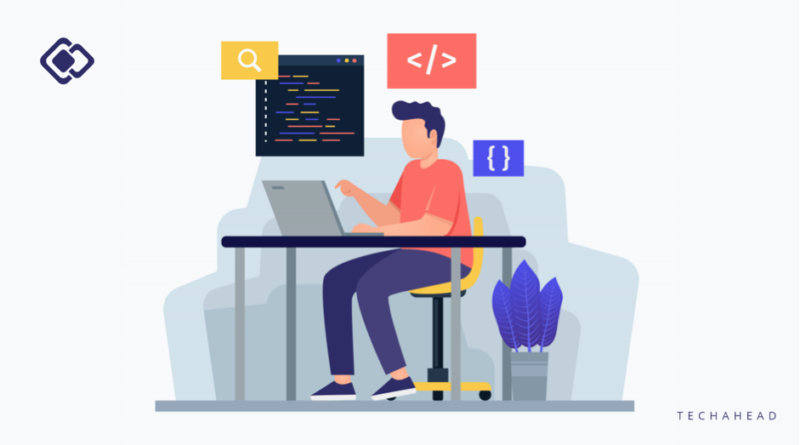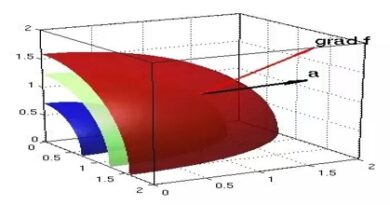APPROACHES TO DIGITAL PRODUCT DEVELOPMENT
The digital world moves at breakneck speed. Traditional product development approaches are falling behind. Creating a digital transformation plan is a difficult task. It entails modifying a company’s existing procedures, consumer experience, and culture to improve the communication between what consumers anticipate and what you provide. As a result, a digital transformation agency entails the development and execution of business models and leadership methods, all with the goal of solving the actual difficulties that a firm encounters. However, this service delivery does not merely relate to the transfer of a commodity or good to a digital realm. Rather, it refers to the incorporation of technology into an organization in order to improve its overall efficiency.
Due to the complexity of digital transformation, businesses typically leave their implementation to digital identity specialists. Companies that use a conventional approach to business rather than digital technology and tactics earn less and grow less than their digital-forward competitors. Furthermore, these rates are strongly related to the levels of digitization in their respective industries. The engineering of software-driven user experiences that improve an organization’s user journey, in part or entirely, is referred to as digital product development. It often uses agile development approaches to provide things quickly while testing and iterating depending on stakeholder feedback.
WHY SHOULD YOUR COMPANY CONSIDER DIGITAL PRODUCT DEVELOPMENT?
- Digital product creation is inherently scalable, with the ability to adapt to changing customer demands and software capabilities.
- By keeping the entire team up to date and on the same page, digital product development techniques eliminate workflow friction. This comprehensive view into the product’s progress and stage of development enables faster decision-making and increased team efficiency.
- When flaws and problems are discovered and remedied prior to product introduction, product adoption percentages skyrocket. With linked testing, both sample time and cost may be minimized, resulting in a faster product turnaround time.
- Customer-centric product development leads to growth and long-term viability, effectively future-proofing your digital goods.
- Through digital transformation, early detection and resolution of faults and product issues may improve the end product and decrease downtime.
- By negotiating better pricing and lowering total expenses with a digital transformation agency, digital product lifecycle management systems boost margins and profitability.
Now that you know the importance of digital products for your business, let’s get insights into which approaches mobile app development companies should consider for digital product development company
APPROACHES FOR DIGITAL PRODUCT DEVELOPMENT
- WATERFALL OR TRADITIONAL DEVELOPMENT
The waterfall technique is a stage-based development framework in which the entire product is developed in linear steps. It is one of the oldest methodologies that provides a rational and linear development life-cycle model. The word waterfall refers to the top-to-bottom movement of water cascading downhill. The technique often involves conception, analysis, design, implementation, testing, deployment, and maintenance. Waterfall development is appropriate if you have a large budget, tight documentation, technology stack, and time constraints. This strategy is typically used by major corporations for in-house initiatives.
Waterfall also emphasizes detailed documentation at each step of work, as opposed to agile, which emphasizes sprint-based documentation and often preserves clean-code health that can be quickly built on top of regular upgrades.
- AGILE DEVELOPMENT
Agile development (or, rather SCRUM) is the more dynamic and iterative relative of waterfall development. Agile is organized around sprints rather than one extended timetable. Instead being more linear in production, when one whole step is done and not revisited until the product is completely finished. The Agile methodology focuses on delivering updated versions, monitoring performance and collecting user/customer input, returning to the conceptual stage to plan the delivery of improvement updates, finalizing the next sprint updates, aligning the team on forthcoming sprints, delivering improved versions, and repeating.
A sprint typically lasts several weeks and is differentiated by a set of deliverables. The project team and customers review the results at the conclusion of each sprint. Throughout the development process, Agile significantly relies on client input. It resembles the conventional waterfall model. The sole distinction is:
- There is a fresh MVP ready for testing at the conclusion of each step in SCRUM;
- The waterfall paradigm is seen as a linear journey, whereas agile produces a never-ending flywheel. Following evaluation, the procedure can be restarted.
- LEAN DEVELOPMENT
Lean development is a digital adaptation of Toyota’s lean manufacturing principles into a software and digital product development methodology. It is often distinguished by quick product delivery and quality-focused advancement. It may be considered a subset of agile development because it also accelerates the development process through an iterative “learn as we go” approach. The following is the lean digital product life cycle:
- Ideation
- Exploration
- Validation
- Growth
- Sustaining
- Retire
- HYBRID APPROACH
Most startup teams today prefer agile development and its adaptations. However, another progressive approach that has recently gained popularity is a combination of waterfall and agile methodologies. This method allows you to tweak the process and adjust it to the needs of your project. The concept is to have autonomous teams that will be merged into a shared environment. Because waterfall people are focused on upfront planning and agile teams prefer advanced planning at each step, the extent of interdependence between them will determine release synchronization in this situation.
- FEATURE DRIVEN DEVELOPMENT
FDD is another child of Agile development. It is appropriate for businesses transitioning from a phase-based to an iterative strategy. Digital goods that require constant upgrades are powered by feature-driven development. The methodology is design-oriented, and the project is broken down into little chunks – features. The FDD process cycle consists of the following steps: overall model creation, feature list, planning and prioritizing design, and implementation. The strategy promotes speedy product development and effective product evolution. Small projects, on the other hand, are unlikely to gain from FDD.




